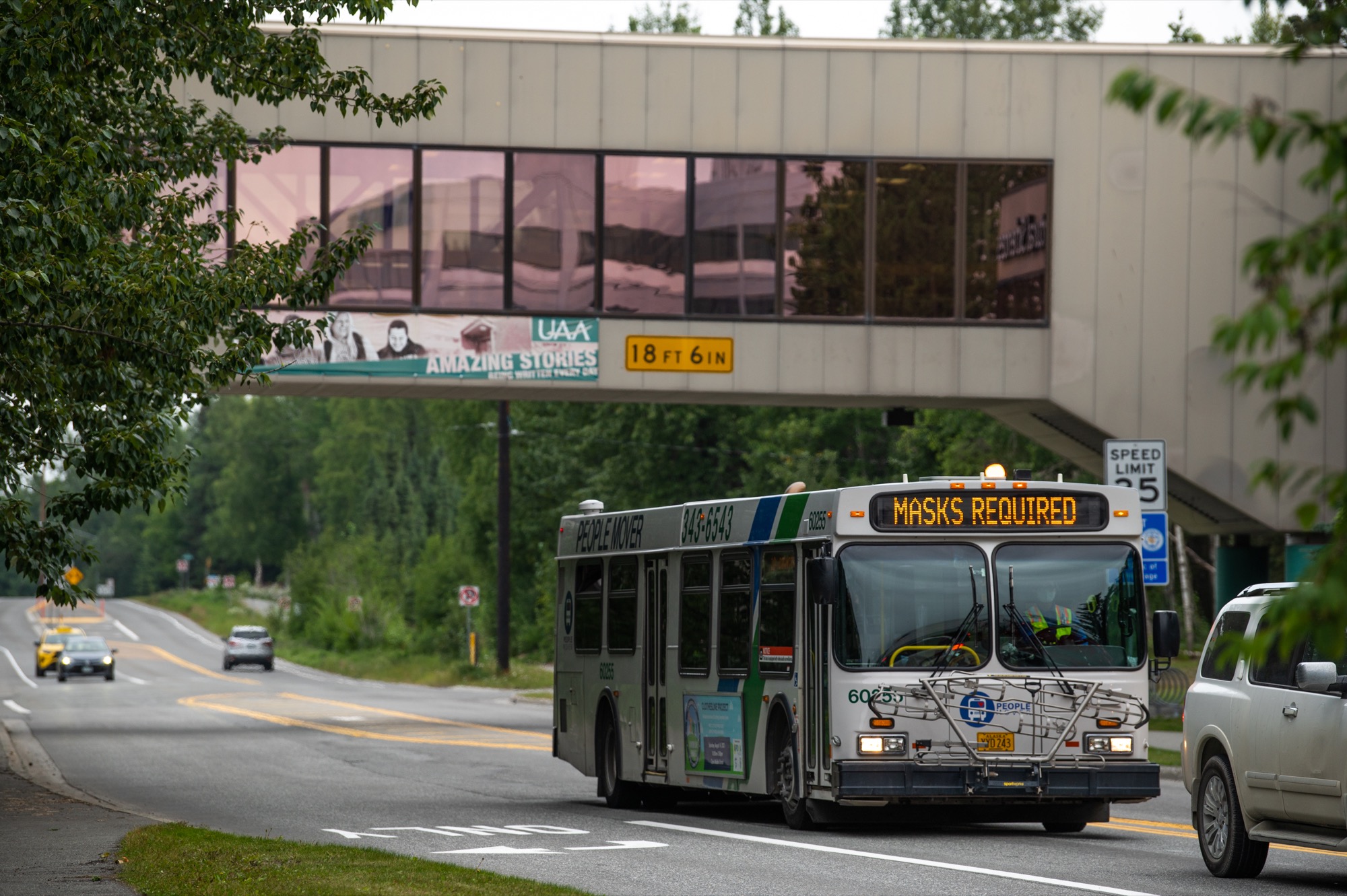Pilot study sheds light on the well-being of Alaska’s veterans during pandemic
by Catalina Myers |

In early 2020, many cities across the country issued stay-at-home orders asking their residents to hunker down to thwart the spread of the coronavirus. As the weeks turned into months, people grew weary of being forced to stay indoors. After exhausting all their cooking skills, reading and catching up on all the streaming they could tolerate, the mental impacts of the pandemic began to take its toll on individuals and communities.
For many people, the pandemic’s shutdown of ordinary life was proving difficult to endure. Still, for some populations, like our nation’s veterans, the mental health impacts were likely far more significant, as the isolation and access to the usual physical and mental resources were not as readily available.
It was an area of research that Ashley O’Connor, assistant professor in UAA’s School of Social Work, and Amber Worthington, assistant professor in the Community and Technical College’s Department of Communication, had already been involved in before the pandemic began. The two assistant professors had received grant money to run a pilot study on CrossFit and the positive impacts the endurance sport had on veteran populations in Alaska dealing with post-traumatic stress disorder from serving in the military. But, as with many researchers, when the pandemic hit, they had to shift their focus when local CrossFit gyms in the city were forced to close and effectively shuttered their project.
So, O’Connor and Worthington pivoted. Needing to use their grant money before it ran out, they focused on the unprecedented worldwide pandemic. They realized there was little to no research regarding the impacts lengthy citywide policies like stay-at-home orders would have on veteran populations. O’Connor and Worthington quickly created a study to survey veterans of their state of physical activity and mental health to address and collect data on the effect “hunker down” orders had. Their study was recently published in the Journal of Veteran Studies. O’Connor and Worthington hope their study not only provides necessary data for mental health professionals and organizations regularly working with Alaska veterans, but also that their study sheds light on the potential negative impacts of stay-at-home orders on a community and their most vulnerable citizens.
“What we found was that physical well-being was diminished, most likely due to the stay-at-home order,” said O’Connor. “From pre to post stay-at-home order, we found that veterans' physical, as well as overall well-being decreased — which is what we kind of expected. But what we did find was that we had a high number of veterans who identified having post-traumatic stress.”
O’Connor and Worthington had a great response to their survey, given the limited collection time. They ended up using data from 16 veterans who lived in Alaska who represented all branches of the military, with more than half of the group having been deployed. O’Connor and Worthington said despite their small sample size, their preliminary data shed important light on the potential impacts of the COVID-19 pandemic and the stringent mitigation measures enacted by municipalities across the state had on veteran populations when trying to slow the spread of COVID-19 in Alaska. O’Connor said that nationwide, approximately 20% of veterans identify as having post-traumatic stress and that Alaska’s numbers tend to skew higher, which was confirmed by their survey.
“I have a feeling that has to do with the current state of affairs we’re in right now and the likeliness of veterans being more willing to talk about their symptoms,” O’Connor said.
Worthington followed up O’Connor’s sentiments saying that they weren’t surprised by their findings but needed the initial data to design interventions for veteran populations.
“Instead of just speculating that we think veterans' physical activity and mental well-being has decreased because of these policies, we have some data to show that they are actually doing these things, and we can create programs to help motivate them during these difficult times,” said Worthington. “We can start offering interventions ranging from strategically targeted communications to programs that will help keep their physical activity up.”
Both O’Connor and Worthington said they hope to continue working with veterans in Alaska and continue their study to mitigate the isolating effects hunker down policies have on our state’s more vulnerable populations. Although they both agree community safety is paramount regarding the COVID-19 pandemic, they also want policymakers to be creative and strategic when enacting sweeping protocols that take physical and mental health tolls on its citizens.
 "Pilot study sheds light on the well-being of Alaska’s veterans during pandemic" is licensed under a Creative Commons Attribution-NonCommercial 4.0 International License.
"Pilot study sheds light on the well-being of Alaska’s veterans during pandemic" is licensed under a Creative Commons Attribution-NonCommercial 4.0 International License.













